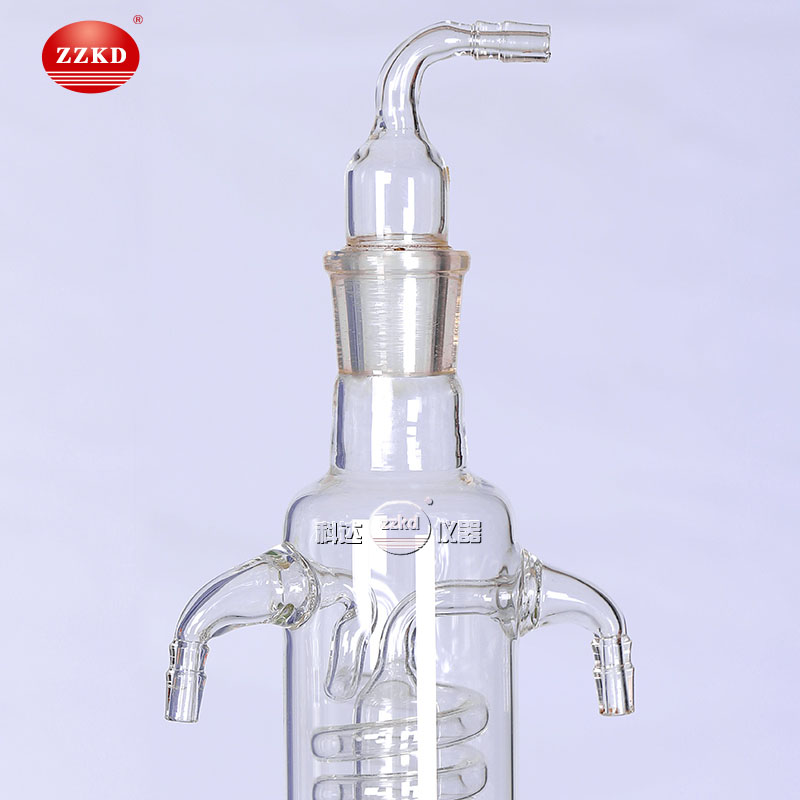Reactor heat exchanger and its characteristics
1.Jacketed Glass Reactor
The heat transfer jacket is generally welded by a steel plate, which is a container that can form a sealed space outside the reactor cylinder, and is simple and convenient. When the steam is passed through the jacket, the steam pressure generally does not exceed 0.6 MPa. When the diameter of the reactor is large or the heating steam pressure is high, the jacket must be strengthened.
The spacing between the jacket and the inner wall of the reactor is different depending on the diameter of the reactor, and is generally 25 to 100 mm. The height of the jacket depends on the heat transfer area, which is determined by the process requirements. However, it must be noted that the height of the jacket should generally be higher than the height of the liquid, and should be 50~100mm higher than the liquid level in the kettle to ensure sufficient heat transfer.
Sometimes, for larger stirred tanks, in order to improve the heat transfer effect, a spiral baffle is installed in the jacket space to reduce the flow area of the fluid in the jacket, increase the flow rate and avoid short circuits. The spiral baffle is generally welded to the wall of the kettle and has a gap of less than 3 mm from the wall of the jacket. After the spiral baffle is added, the coefficient of the heat transfer film on the jacket side can generally be increased from 500 W/(m2•K) to 1500-2000 W (m2•K).
2. Snake tube
When the heat transfer area required by the process is large, and the heat transfer of the jacket alone cannot meet the requirements, or when the inner wall of the reactor is lined with a non-metallic material such as rubber or ceramic tile, a heat transfer such as a coil, an insertion sleeve, or a D-shaped tube may be adopted. .
There are two types of snake tubes commonly used in industry: horizontal coils and upright coils. The tightly arranged horizontal coils can act as a guide tube at the same time. The tightly arranged upright coils can also act as baffles, which play a positive role in improving fluid flow and agitation.
The coil is immersed in the material, the heat loss is small, and its heat transfer coefficient is much larger than the jacket due to the high flow rate of the heat transfer medium in the coil. However, for materials containing solid particles and viscous materials, it is easy to cause material accumulation and material hanging, which affects the heat transfer effect.
3. Column management
For large-scale reactors, when high-speed heat transfer is required, a tubular heat exchanger can be installed in the kettle. Its main advantage is that the heat transfer area per unit volume is large, the heat transfer effect is good, and the structure is simple and the operation flexibility is better. Big.
4. External circulation
When the heat transfer area of the jacket and the coil of the reactor still cannot meet the process requirements, or because the special requirements of the process cannot produce the installation of the coil in the reactor and the heat transfer area of the jacket cannot meet the process requirements, the reaction can be performed by the pump. The liquid in the device is withdrawn and recirculated back to the reactor after heat exchange through an external heat exchanger.
